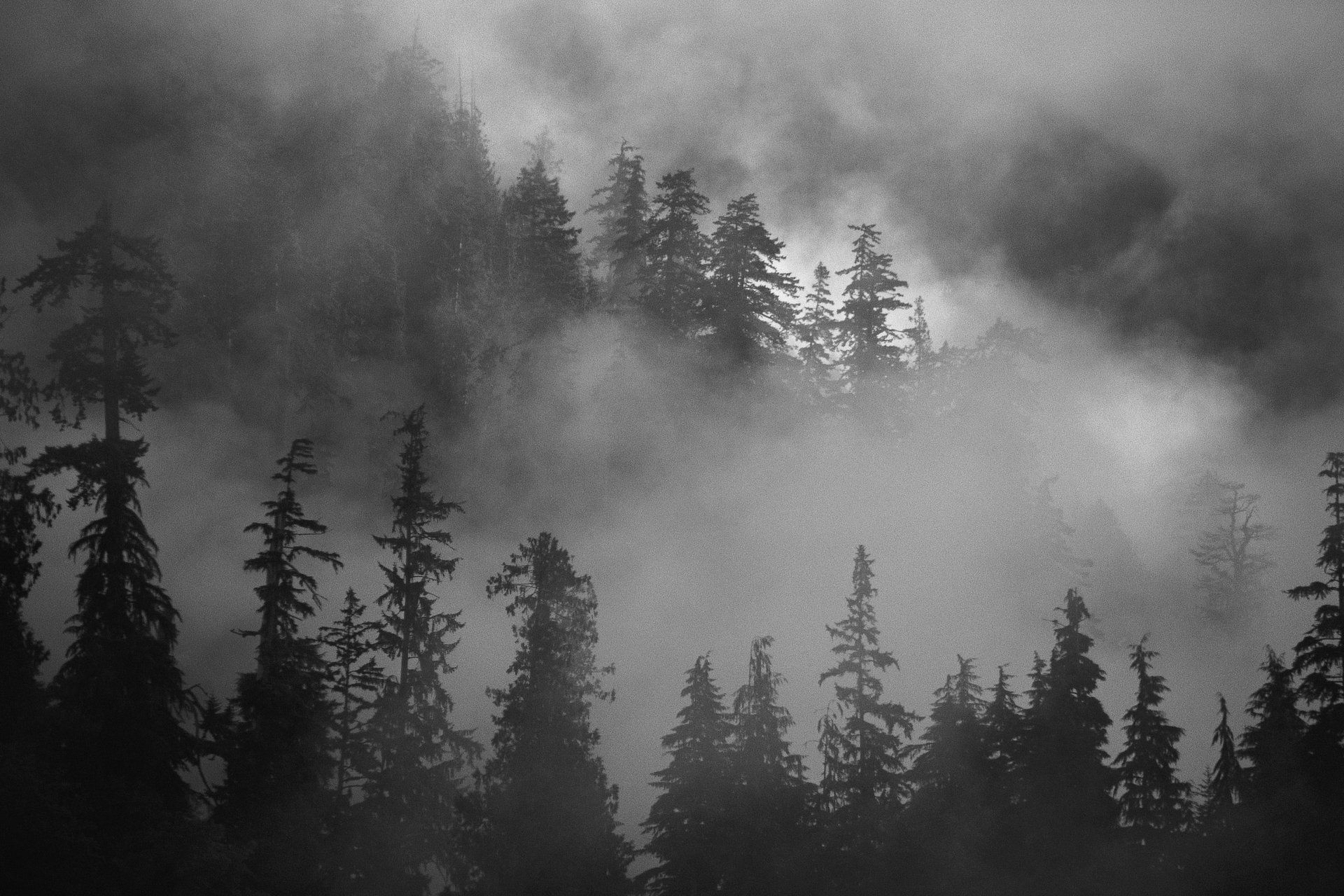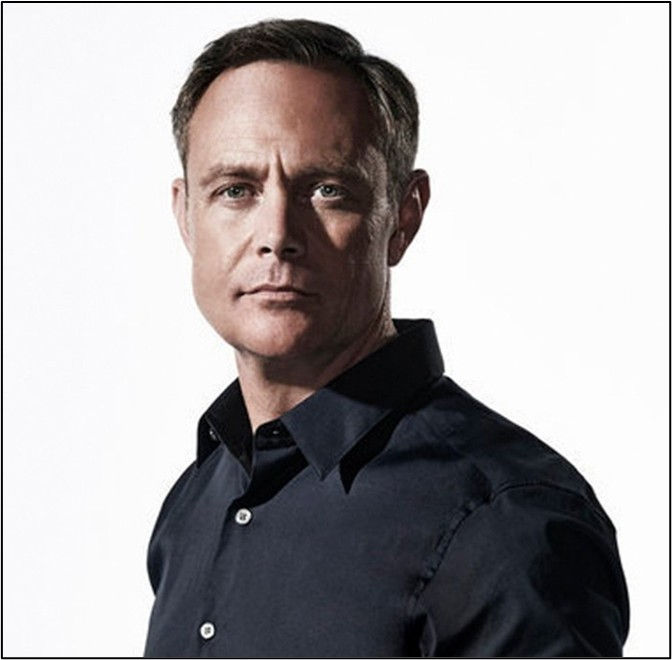FINDING CLANDESTINE GRAVES: Second Interview with Diane France, Ph.D.
- Lynn Bohart

- Dec 10, 2024
- 6 min read

INTERVIEW
LYNN: Because you work with so many disciplines, are most of your people on staff or hired by contract?
DIANE: We are all volunteers, and most of the team are still working in their careers. No one is paid. Our membership requirements are rigorous, and only those individuals who are thought to have skills they can bring to the group are considered. The applicant undergoes a background check, presents references (which are rigorously checked), presents an introduction to the members, and highlights what they can bring to the group.
For one year after that presentation, the applicant works with the group so that we may find out how well they “fit” with the other members. After that year, the applicant again gives a presentation to the group and their membership is voted upon. If any member violates our confidentiality rules, they will be immediately dismissed from the group, although this has not yet happened.
LYNN: On average, how much time does it take to collect old remains?
DIANE: We have had some burials that have taken four days from the time we start to excavate to the time we have collected all the remains and the associated evidence. If the remains are wrapped in a shower curtain or other material it takes less time. Most burials and surface deposits take less time than that.
LYNN: Please describe your training program(s).
DIANE: We provide a training program for law enforcement (and associated responders) every summer. It is a week-long class in which we give advice about how to look for clandestine graves, and we also provide hands-on experience with many of our tools for locating and excavating clandestine graves. A significant part of the class is the proper exhumation of plastic skeletons and associated evidence. Our participants get to know us, and they are encouraged to speak about their difficult cases and situations. Some of the participants have even applied for membership.
LYNN: What’s the worst thing you’ve discovered? The one that has stayed with you emotionally.
DIANE: I think that if you ask this question of any member of NecroSearch team, their answer might be different depending upon their history. I think everyone agrees that homicides involving children are among the worst, but if a member lost a brother to homicide, for example, a case involving a young boy might be the worst for that person. For me, a case years ago of an 8-year-old girl walking to school and captured, tortured, and killed by a 15-year-old boy is the worst.
LYNN: How do your people deal with some of the tragedy they’re forced to uncover?
DIANE: Sometimes it can be very difficult. I think every member pays an emotional toll because of some of the things we’ve seen and the scenes we have had to process. We see the worst things that one human can do to another, and that just cannot be casually brushed away.
I engage in wildlife photography to decompress, and I have learned to work beyond my emotions to focus on the clues to solving the case. Others have different coping mechanisms, from exploring religion to traveling, music, and various hobbies. I think it helps that we are one big family, and we support each other.
I have worked on mass fatality incidents, and the same sense of family develops – you don’t work in fields like this and not form a connection with the people you work with. Having said that, though, we have had a couple of members fall away from the group because it can be difficult to manage. Honestly, it is amazing that there are not more members leaving us, and I think that can be attributed to a sense of purpose, duty, a strong work ethic, and family (within our group and the families of the missing).
LYNN: What would you say to a young person thinking they’d like to work in this field?
DIANE: I think that the best advice for any young person is to follow their passion. When I was advising young college students, I always asked: “What would you do if you knew you couldn’t fail?” If a young person has the drive to learn new things, follow opportunities, and be passionate and persistent, there isn’t much they cannot do. If that passion leads them to a field in which they could contribute to forensic cases, then one day they might be open to joining our group!
LYNN: What made you personally want to move into this field?
DIANE: I was a forensic anthropologist, but not yet board certified, when I was asked to attend a NecroSearch meeting very early in my career and close to when the group was initially formed. This was in 1988, and there was still a line between law enforcement and scientists. That line was usually not crossed, and law enforcement researching a clandestine grave case very rarely asked scientists to help.
NecroSearch was formed when law enforcement from several counties and the Colorado Bureau of Investigation were using a backhoe to try to locate bodies in a huge clandestine grave and three of them, while eating breakfast, said “There has to be a better way.”
At about that time, one of our geophysicists, G. Clark Davenport, called one of the agencies and offered advice about how to locate 50-gallon drums in water (the drums reportedly held bodies). That marriage of science and law enforcement seemed fascinating and rewarding and I jumped at the chance to join the group. I have never been sorry.
LYNN: What case are you most proud of?
DIANE: I have been thinking about this question for a couple of weeks and cannot come up with just one case that we are proud of. Any case in which we can provide guidance and information to help solve the case adds to our sense of pride in what we do. Helping law enforcement solve the more challenging cases when they’re at a dead end is very rewarding. If we can point to a murderer who was legitimately processed through the legal system and incarcerated, we have done something to make the world a little safer.
Lynn: Can you describe another scene that surprised you?
DIANE: We were looking for another clandestine grave west of Denver and had to negotiate large boulders, steep terrain, and pine trees. We had been searching for a couple of days and noticed some writing on a big rock (about 4-feet high and 3-feet wide). It wasn’t writing we could read, but rather more like cult markings. After photographing the scene and setting up a grid, we excavated the disturbed earth.
We got to a very thick root mesh – where the roots were so heavy that they formed a mat. Usually when you find something that marks a clear boundary like that, you can be pretty sure there isn’t a body below it, but we always continue to excavate just to be sure. In this case, there was a decapitated German Shepherd just below the roots. The surrounding trees were anxious to get to the gift of nutrients. I’m still disturbed by the discovery, even with all that I have seen through the years.
LYNN: What’s the biggest mistake I or my team ever made?
DIANE: Very early in our history, we were searching for a body in southern Colorado when one of our members, Cecilia Travis, came across a cranium. This was the first body we had found as a team! The rest of the group wasn’t with her at the time, so she yelled out to us: “I found her!” She had to yell it a few times for us to hear her, and when we figured out what she was yelling, we all started running to where she was.
It was a steep, heavily timbered area with a lot of ground cover, and we were leaping over logs, dodging between trees, and slipping down the slope, all in a gleeful attempt to arrive first at the scene. When we arrived where Cecilia was standing over the cranium, we looked at each other in horror. We had just run through a potential crime scene, and we had no idea whether we had just trampled evidence. FYI – the sheriff’s deputy was with us and did the same thing, but it was still a huge mistake.
We surveyed an area 100 yards on each side on our hands and knees and found that we had not trampled any evidence. From then on, however, we establish a walk line to and from a body or clandestine grave on a path we have already surveyed.
LYNN: My sincere thanks, Diane. And thank you for what you do for the families who have lost loved ones and just want to know what happened to them.






Comments